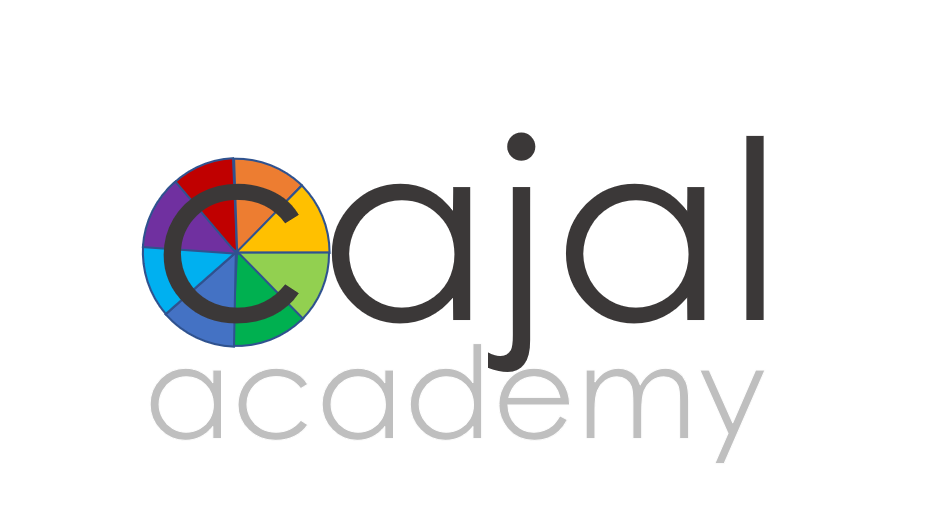Rigor & Growth in Pursuit of a More Realistic Sci Fi Movie
Our next learning adventure: a multi-dimensional deep dive into how science, engineering, art, literature and technology contribute to making a sci fi movie more realistic!
We are excited to announce our next big project! For the next couple of months, our students will embark on a deep dive into the art and the science of sci fi movie! From understanding how to portray the effects of an invasive species on an earth-like biome to creating an original and animated sci fi creature, this project will be woven through our math, language arts, science, social studies, physio and art classes for full immersion learning. We will deliver standards-based curricula in each of these areas to support the project while contextualizing the learning in terms of its real world applications.
Here are some of the questions our kids will be answering along the way; click on a picture to find out more about the curriculum students will be learning along the way:
Why we think project-based learning is such a powerful approach for complex learners
Project-based learning is, in our view, simply a better framework for teaching kids the critical thinking, executive function and social collaboration skills that determine success in a post-Google world where we can easily look up facts and figures and bring value through the ways we are able to apply them. For kids who have both outlying strengths and outlying weaknesses (be they learning, sensory, medical or social-emotional), project-based learning also has the tremendous benefit of immediately answering the question, “But why should I learn this? When will I ever use it?”
We’ve done a lot of thinking on why this is so common among kids with complex learners, and “twice exceptional” kids in particular—so much so that they have a reputation for “refusing” to do anything other than “preferred” tasks or to learn within their own particular interest areas. We understand these objections as self-protective adaptations. Growing up with an asynchronous profile in a culture that still assumes (counter-factually) that development is even across the board can be difficult. Often, they end up feeling like every new task is a set up, in which they will either be bored or humiliated—and they have no lens they can use to predict which way that will go. Thus, if twice-exceptional kids are going to take the risk that a new task will call on the skills where they falter instead of the ones where they fly, we grownups had better give them an actual purpose for their learning. Presenting standards-based academics through deep dives into real world problems does just that.
How does project-based learning work—and can you really do real academic work that way?
“Project-based learning” has become a hot educational buzz word—and like all big ideas, it comes in many forms. Everything from making a Friday afternoon poster board to taking a full year to build a better aircraft wing (how delicious does that sound?).
At Cajal Academy, we have adapted the PBL model that was developed by the Buck Institute for Education to integrate children’s physio and social-emotional goals as well. In fact, this project starts with a number of smaller ones from the pblworks.org website, which we are weaving together with STEM lessons from Pixar in a Box and our licensed therapists’ own biology and anatomy instruction to support the children’s physio and social-emotional goals.
Each PBL project’s design process begins by assessing the specific math, science, language arts, social studies, physio and social-emotional content and skill standards that are appropriate next steps for each of the children in the program. Projects are then designed to integrate those learnings (not the other way around!). Each project then begins by posing a “driving question” to the students. This is a complex, real world problem that can’t be answered with a Google search. Students work together to develop a list of what they need to know to answer that question, develop a plan for how they will acquire that knowledge, and what end product they’ll use to manifest their learning. Our role as instructors is to facilitate their learning through instruction but also through seeking out and giving them access to the in-industry experts who can offer them no-ceiling learning, infused with the all-important perspective of someone who uses that information every day.
We take a ‘full immersion’ approach to our projects. Students attend subject matter-specific classes (just as they would under a traditional model), but the PBL project becomes a theme unifying them into a broader scope of work. This gives all students an opportunity to feel engaged and successful on a given project, by making room for more talents and abilities to contribute. Students also meet together as a group several times a week for “Studio Time:” collaborative activities that bring our mixed age cohort together giving older kids the opportunity to develop leadership skills while inspiring younger students to reach for a higher level, while building community along the way for an “other worldly” experience!
Cajal Academy is a new school in Fairfield County, CT for very bright children, including those whose learning, social-emotional or neurological differences lead them to experience the world in meaningfully different ways. If this feels like the right educational approach for your child, contact us to learn more about admissions.











